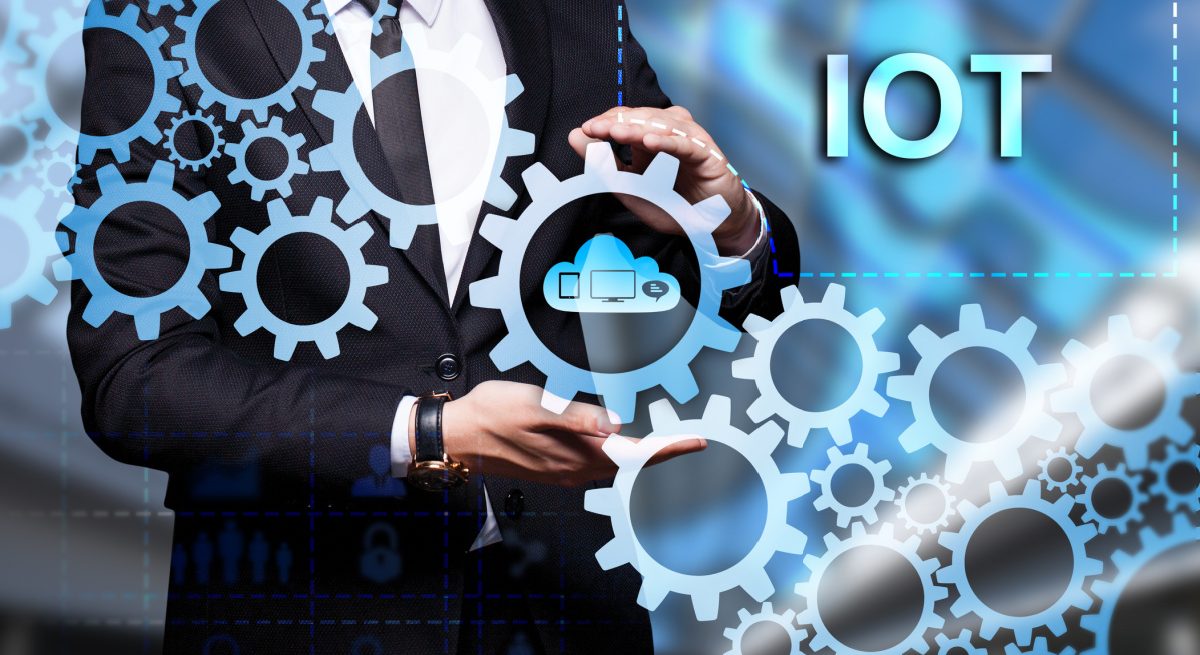Three Simple Ways Restaurants Can Embrace IoT in 2022
2 Min Read By Matt Gentile
With the new year just around the corner, many restaurants are deciding how they can enhance their operations going forward. While there is plenty of technology out there to optimize your establishment, one food service trend is becoming a mainstay: Internet of Things.
Internet of Things, or IoT for short, lets one digital device communicate with multiple devices over an internet connection without human intervention. There are different IoT-based solutions on the market designed to decrease downtime, increase energy and operational efficiency and improve overall customer experience. But where can you start? We've highlighted a few key ways you can embrace this growing trend in 2022.
1. Tableside Ordering & Payment
For years, we've seen restaurants add small table kiosks or tablets that allow customers to pay for food. This is one of the easiest forms of IoT because it doesn't require any human other than the server punching in orders at their waiting station. The POS system works in concert with the smart device at the table, sending the bill directly to the customer. With staffing shortages possibly continuing in 2022, this could be taken one step further by allowing customers to choose their order from the table from a tablet or their own smartphone via a QR code.
2. Connected Equipment
The latest cloud-based solutions let you and your staff view, track and customize all your smart equipment from one, simple space. They also can send alerts directly to your email or smartphone via an app or a text. Below are some ways connected equipment can help reduce downtime and increase efficiency:
-
Adjusting cook times, modes and more remotely
-
Alerting operators of upcoming maintenance, errors or equipment failure
-
Alerting authorized service agents of pending repairs
-
Alerting operators to order failing parts or low chemicals from part distributors
-
Automatically turning off equipment during scheduled downtime or at the end of the day
-
Automatically switching modes (i.e. convection to steam, cook to hold, chill to defrost)
-
Sending stats on recipe distribution and average cook times
-
Viewing real-time stats and statuses
3. Product & Inventory Tracking
Building off the concept of cloud-based IoT solutions, there are options on the market that can track more than your equipment. For instance, select wireless sensors that can track refrigeration, hold and cooking temperatures, alerting you when product is out of the desired range. This crucial step can prevent spoiled food and ingredients, saving you money in the long run. There also are monitoring systems that can track your inventory. That means you can see if everything from dispensed condiments to poured beverages aren't being wasted, helping your establishment save money and maintain efficiency.
Wrap Up
These are a just a few ways you can incorporate IoT into a restaurant or commercial kitchen. Of course, it's important to remember that not all these need to be implemented at once. Trying to tackle them all at once can be difficult. Start by prioritizing your weaknesses, so you get a sense of what needs improvement. Then, research which solutions provide the right analysis and tracking that can fill those gaps.


